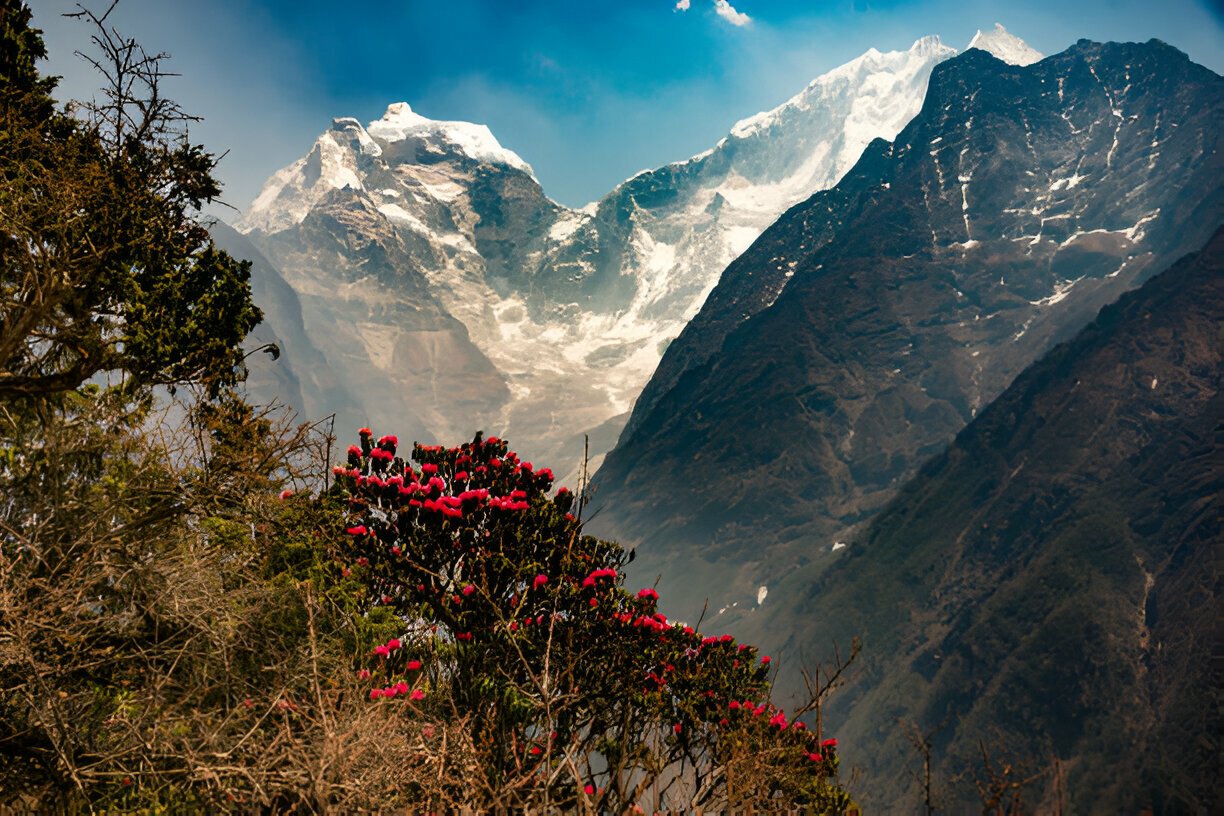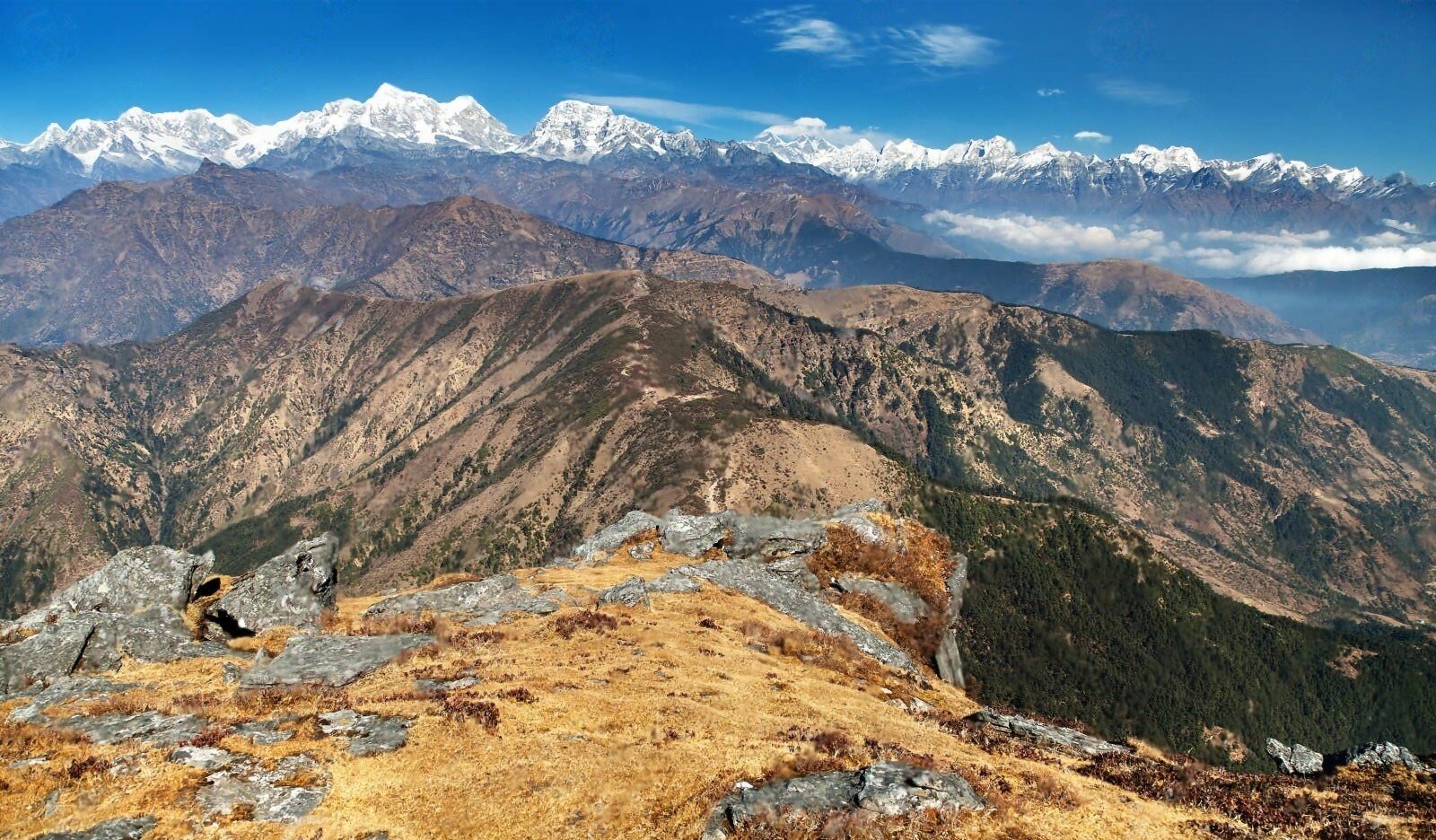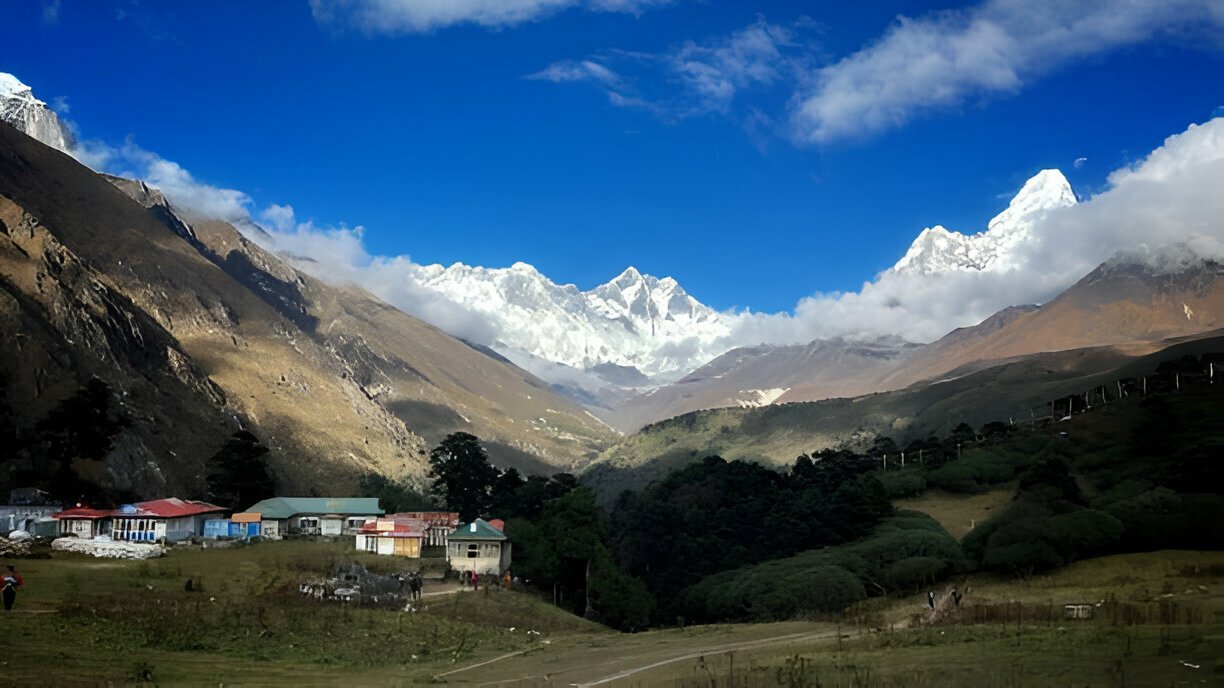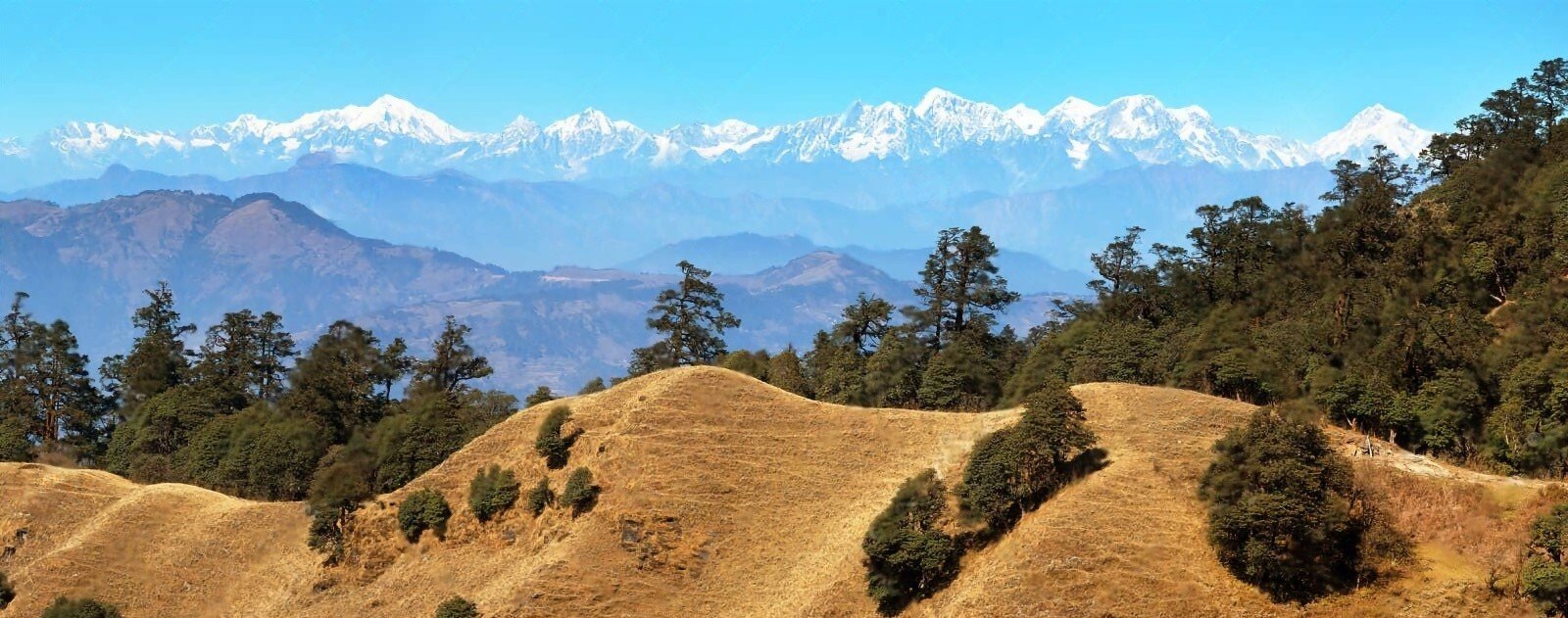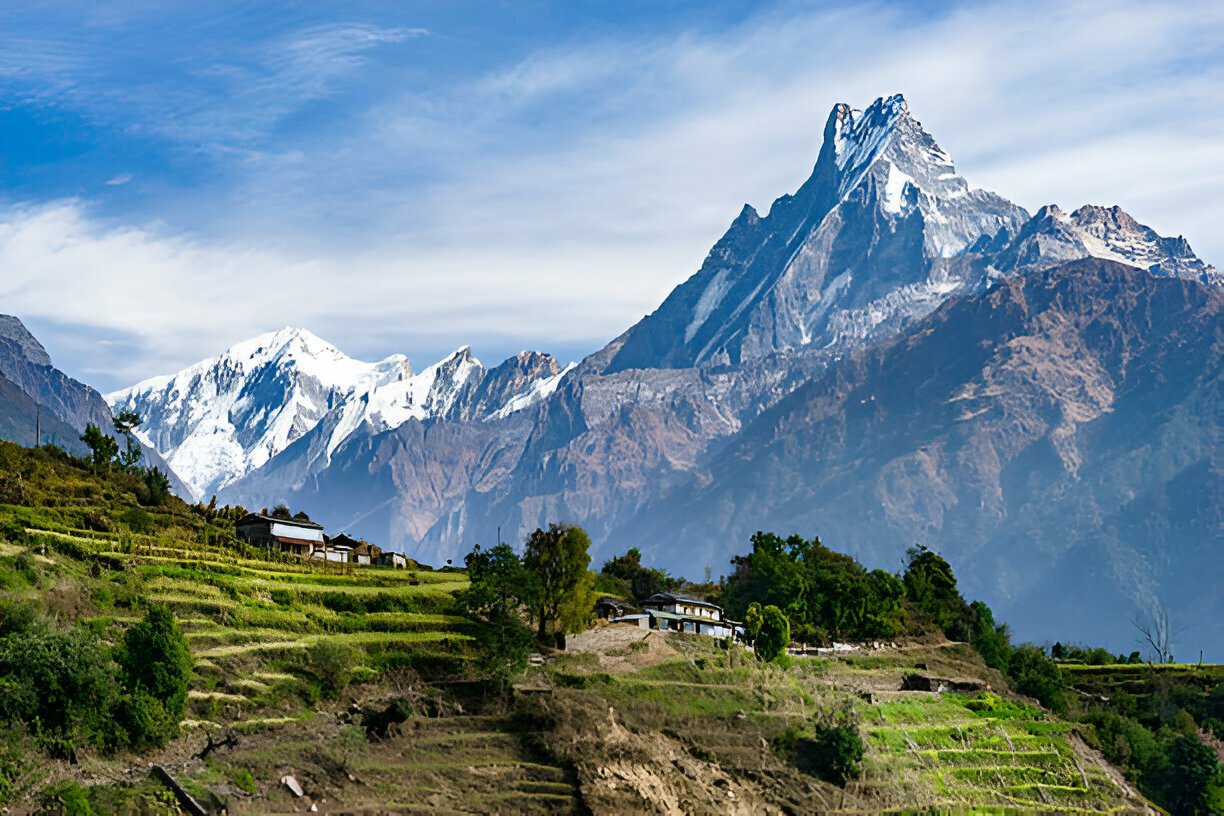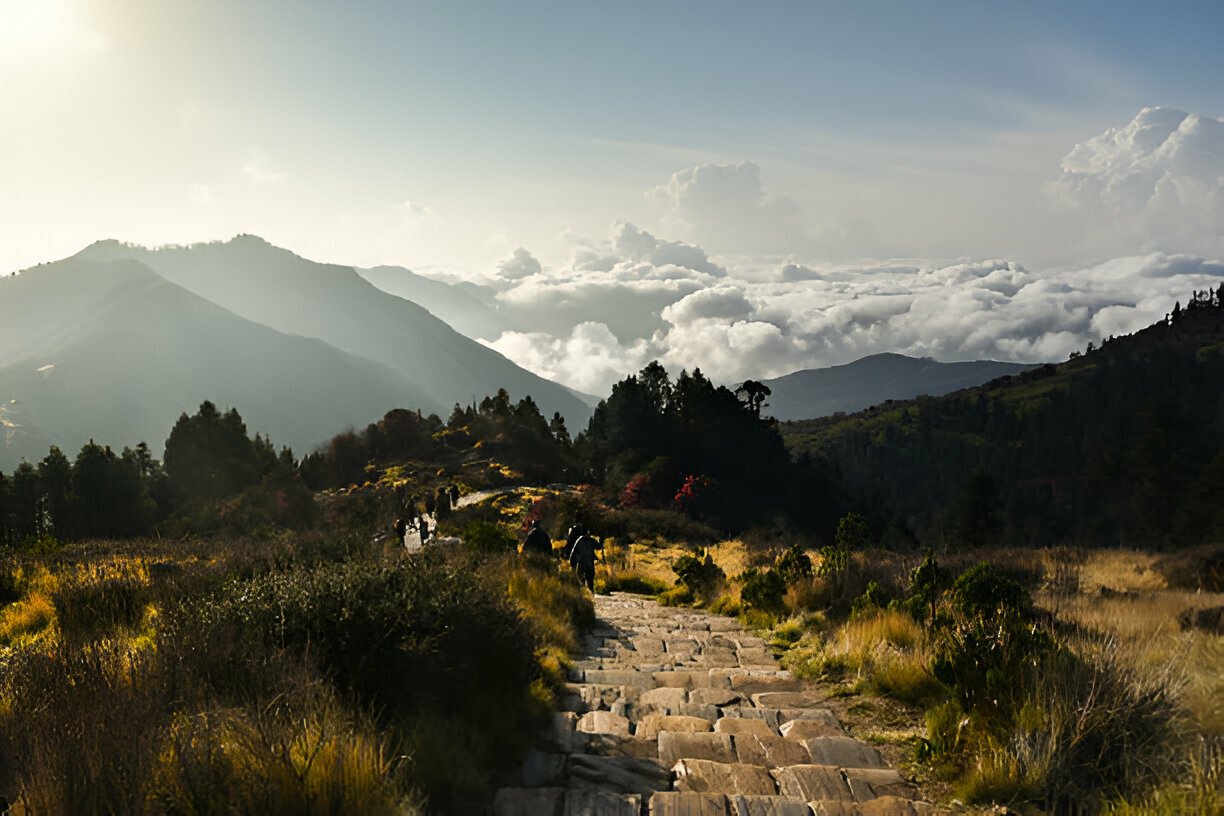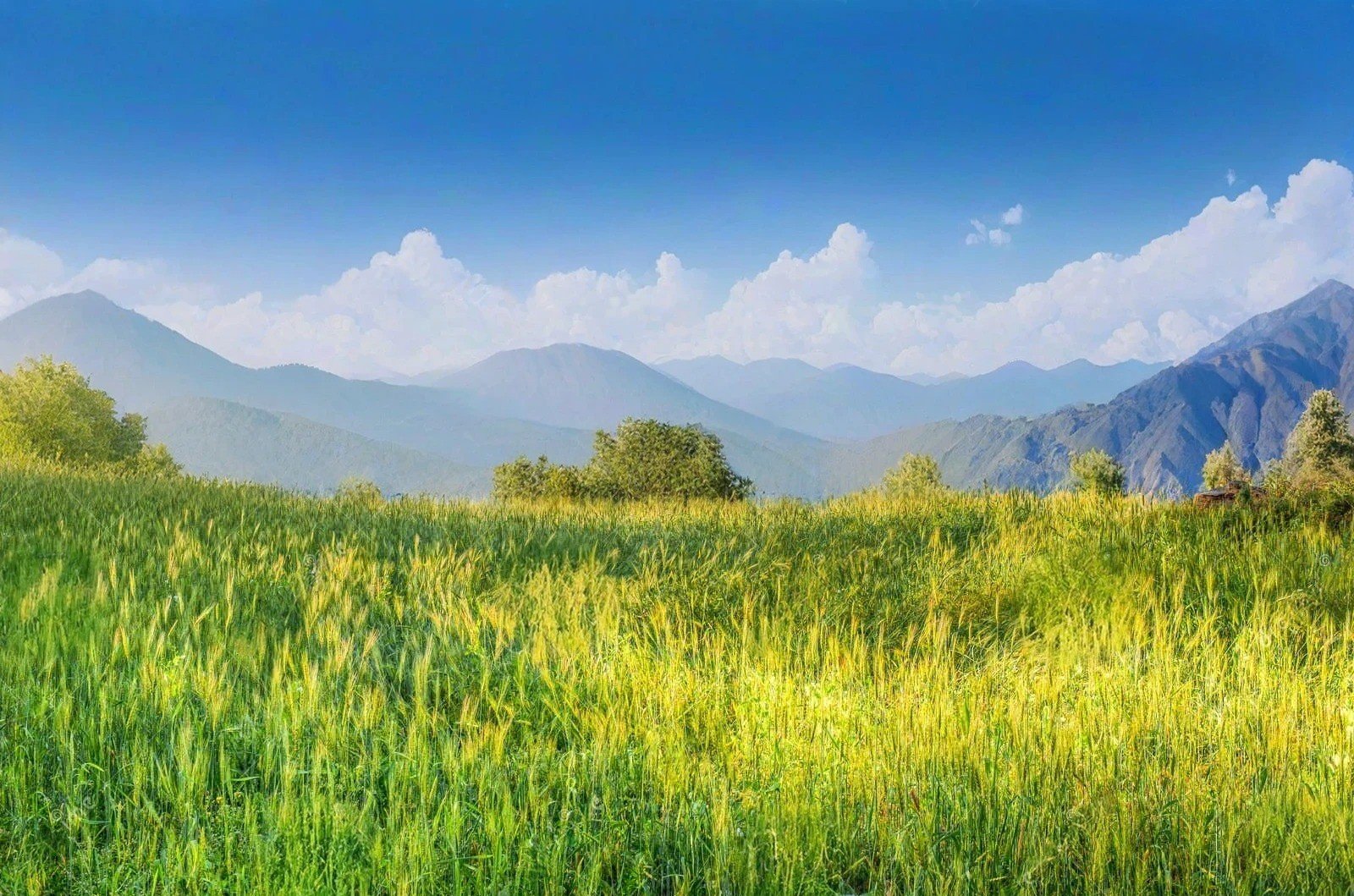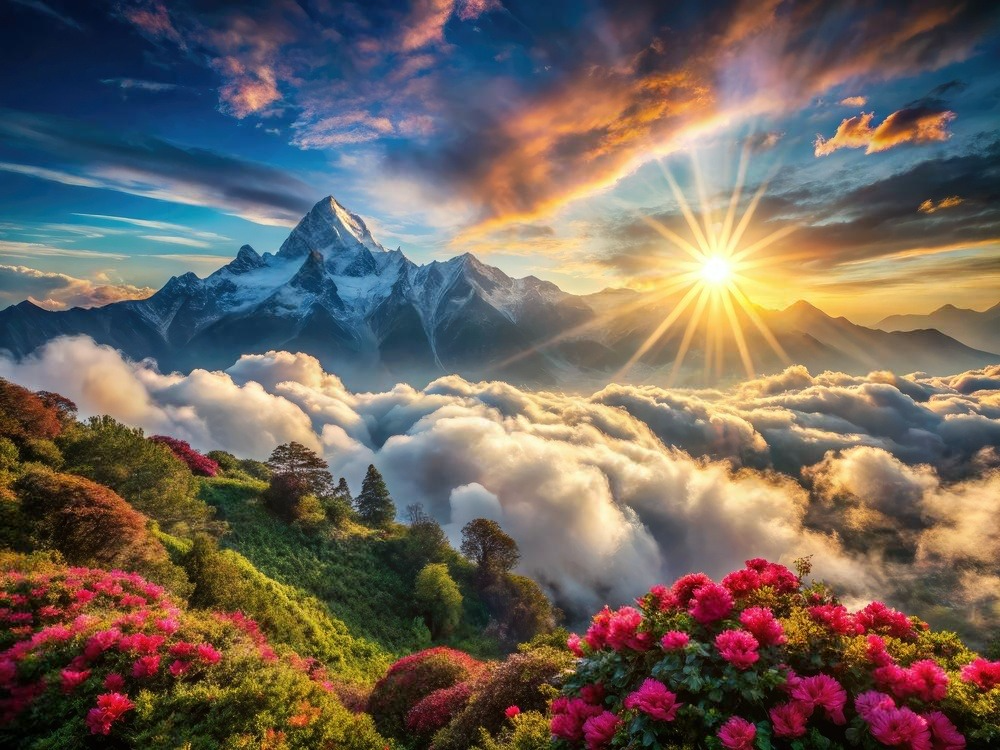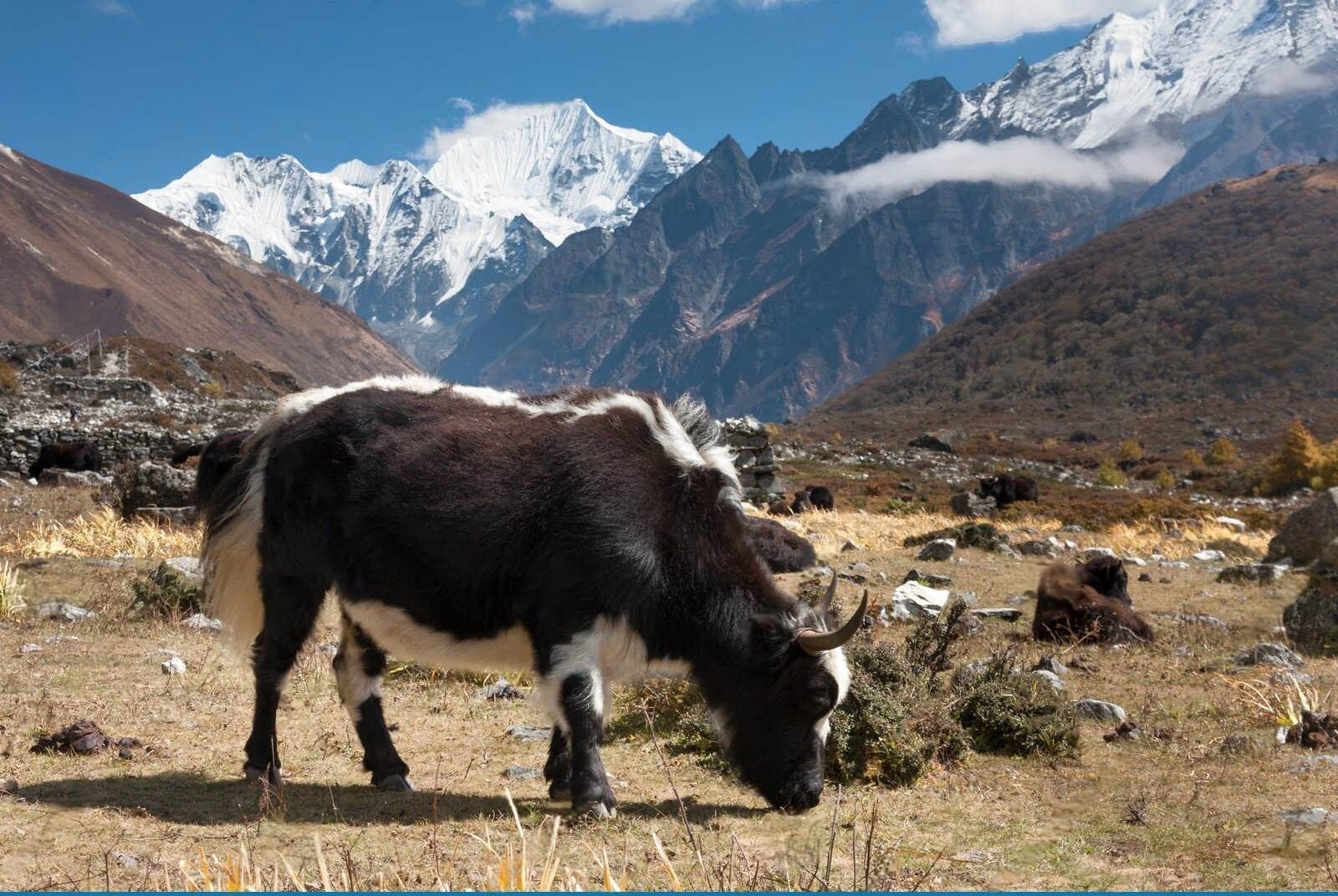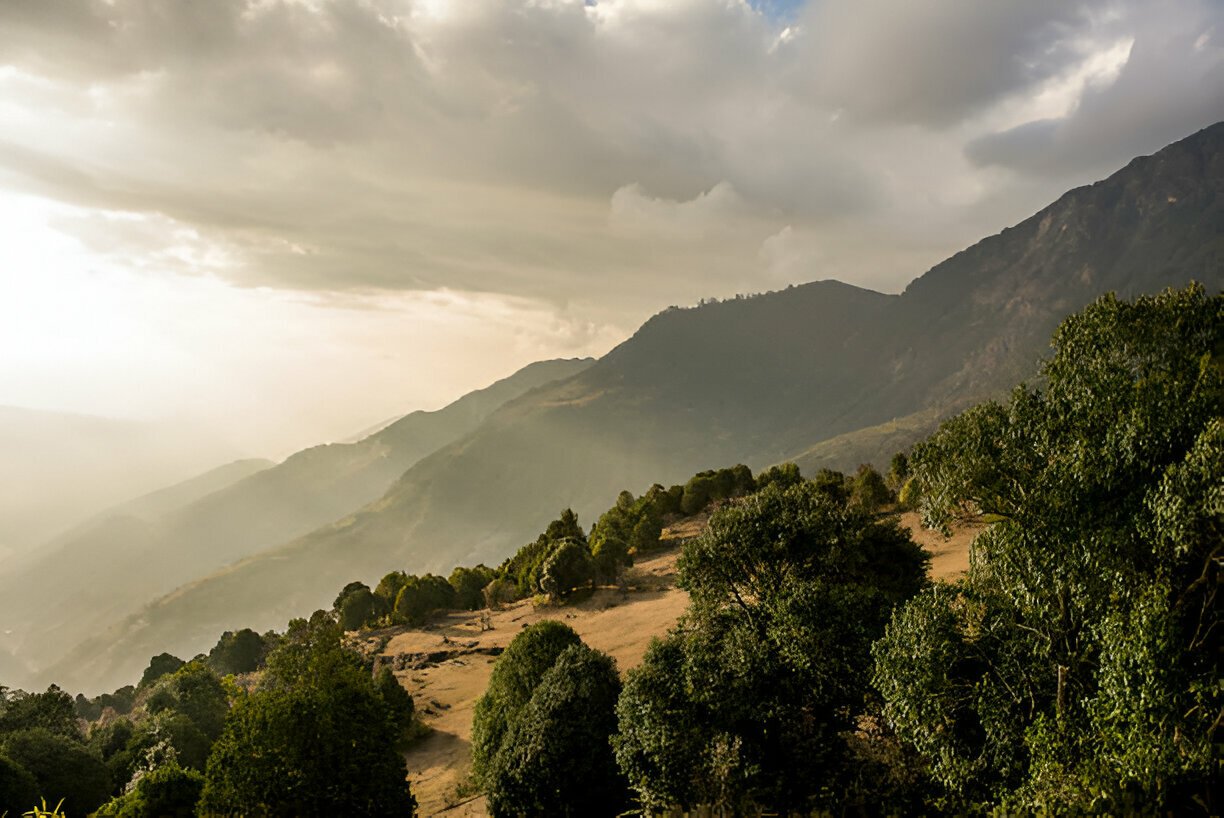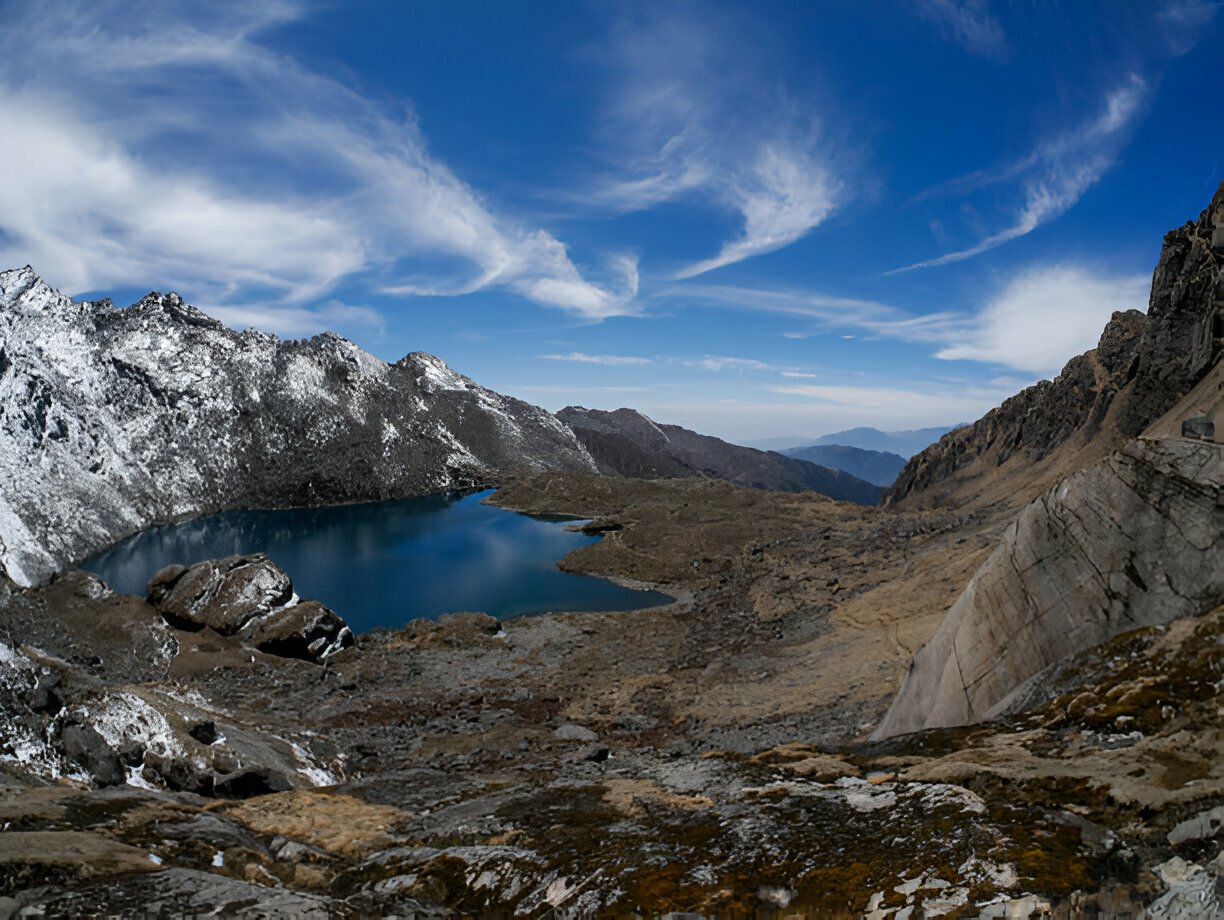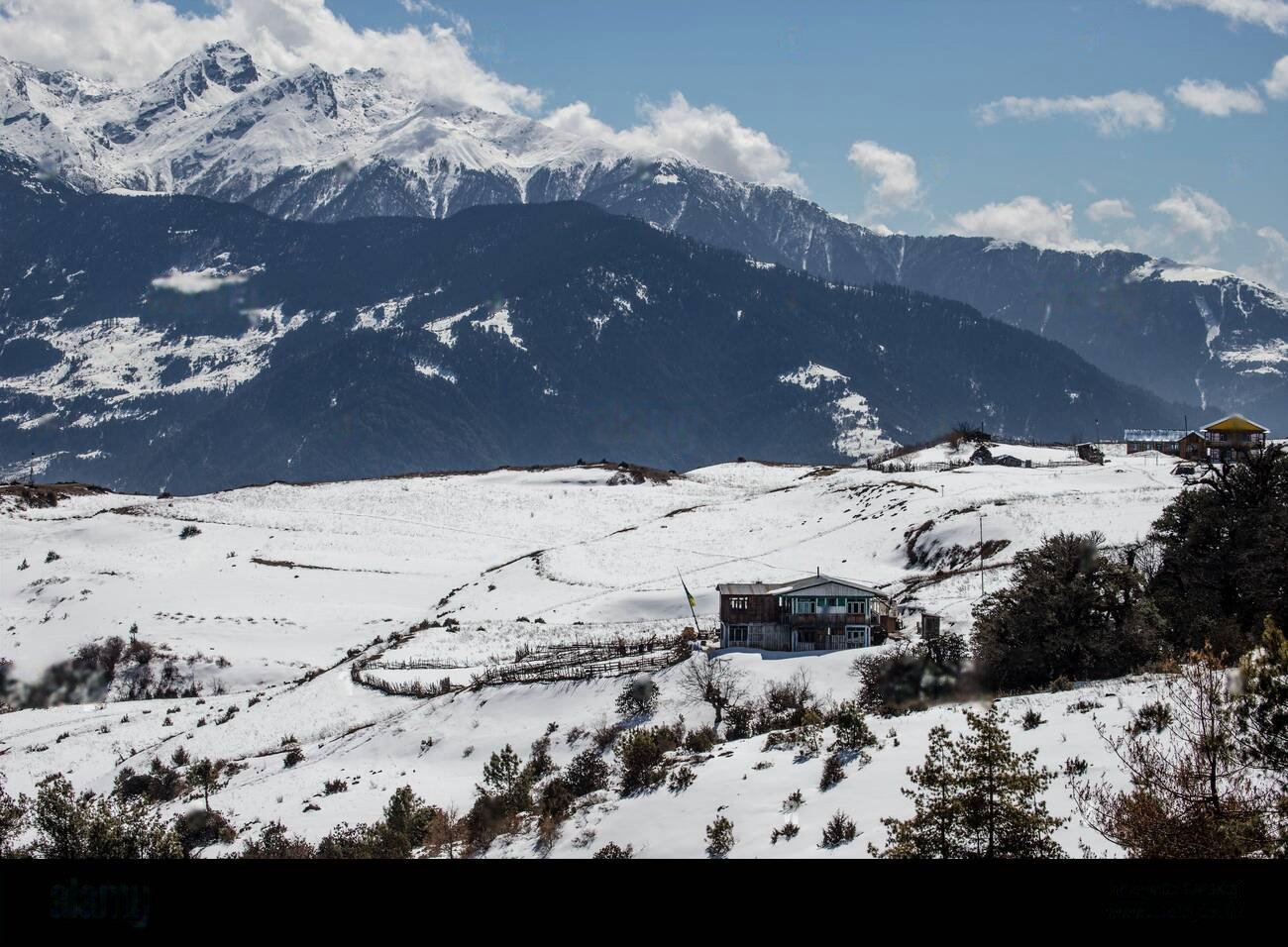Nestled in the remote eastern Himalayas, the Makalu and Kanchenjunga regions are home to two of the world's highest peaks—Mount Makalu (8,485m/27,838ft), the world's fifth-highest mountain, and Kanchenjunga (8,586m/28,169ft), the world's third-highest summit. These less-traveled paradises offer pristine alpine landscapes, deep river valleys, and untouched forests, making them Nepal's last great trekking frontiers. Unlike the bustling Everest region to the west, these areas remain sanctuaries for those seeking solitude, raw natural beauty, and authentic cultural interactions.
Both regions are protected by national parks—the Makalu Barun National Park, Nepal's only protected area that extends from subtropical forests to high-altitude glaciers, and the Kanchenjunga Conservation Area, which preserves a biodiversity hotspot along the India-Nepal border. This dramatic shift in elevation supports an incredible variety of flora and fauna, including red pandas, snow leopards, Himalayan black bears, and over 400 species of birds. Towering rhododendron forests blanket the lower slopes, while alpine meadows open to sweeping views of the magnificent peaks, including glimpses of Everest, Lhotse, and Chamlang from certain vantage points.
The remoteness of these regions also preserves their rich cultural heritage. The areas are inhabited by Sherpa, Rai, Limbu, and Tibetan communities, each maintaining their own unique traditions. In the lower valleys, Rai and Limbu settlements showcase animist and Hindu influences, while in the higher elevations, Tibetan Buddhist culture dominates. Monasteries, mani walls, and fluttering prayer flags mark the trails leading toward high-altitude settlements.




